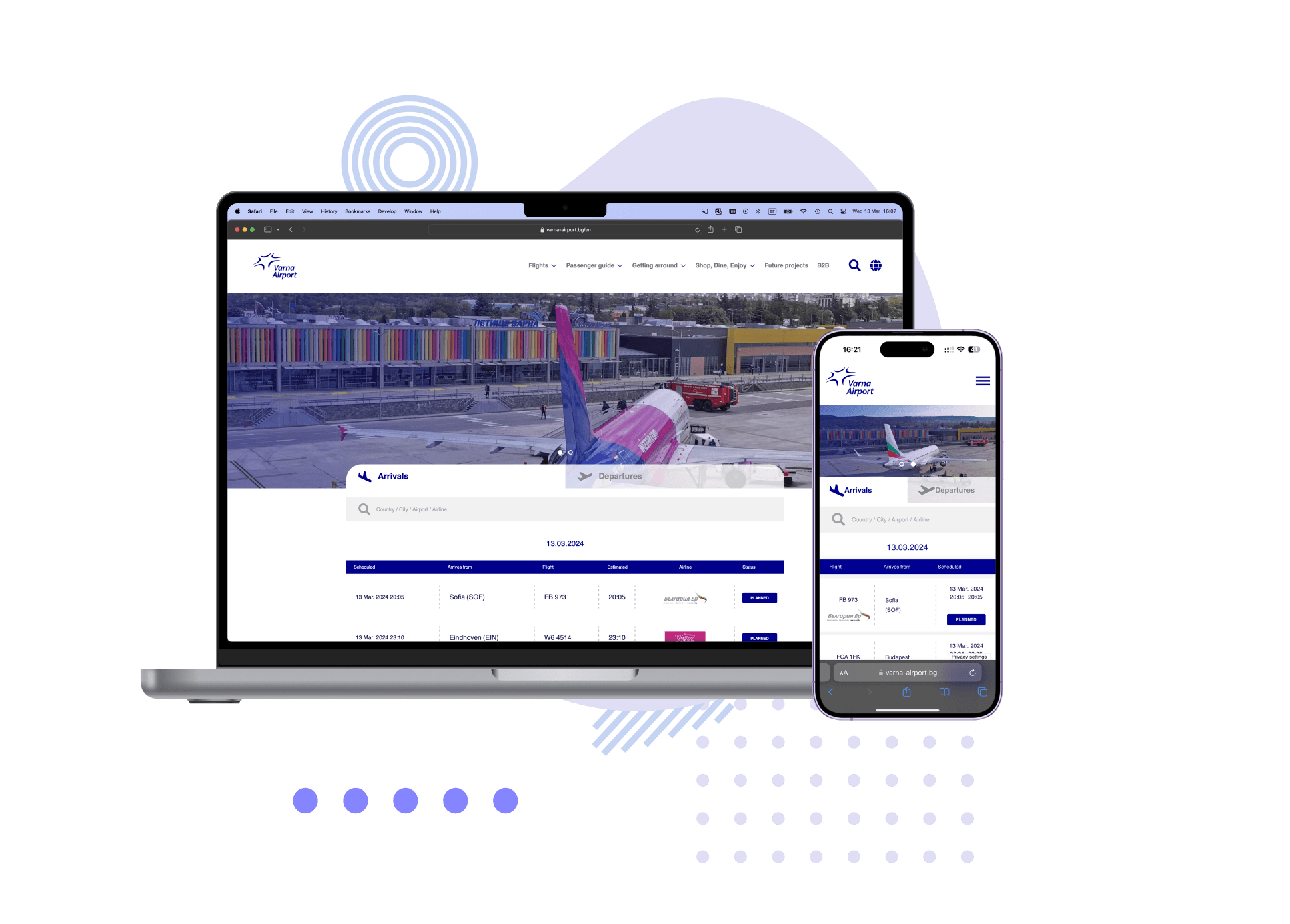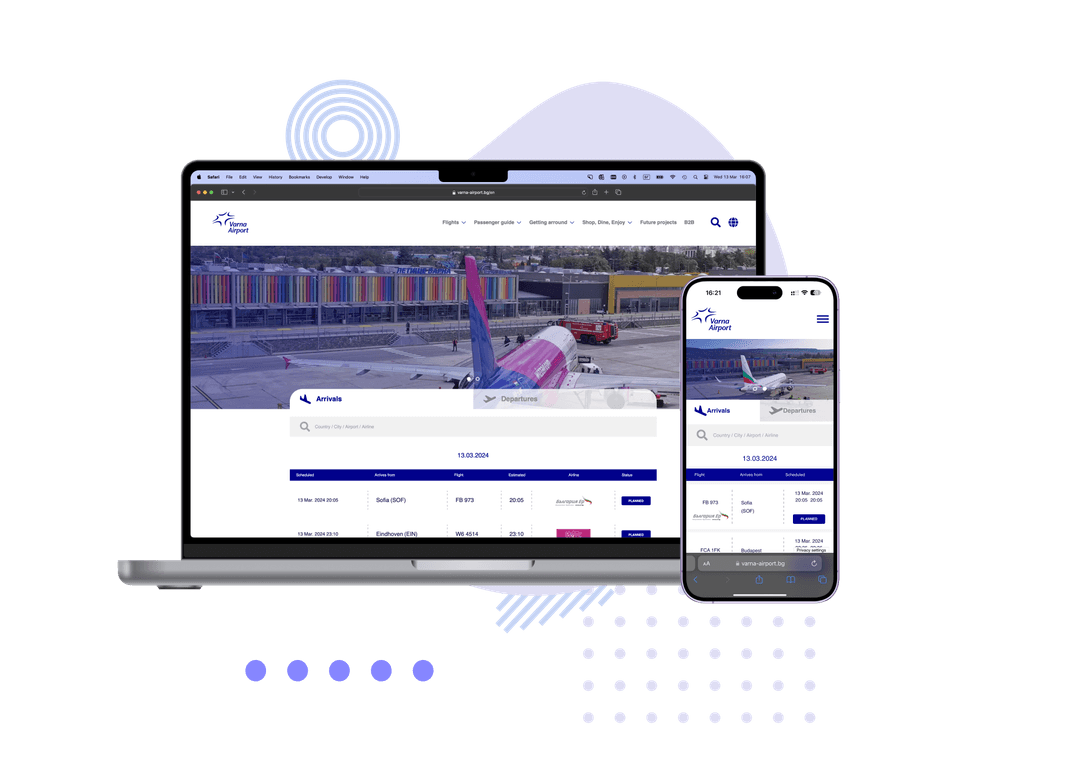Elevate your business with expert software architecture and technology consulting services. Contact us today to discuss your project and discover how we can help you design scalable, secure, and future-proof systems.
Consult with industry leaders in software architecture and development to build reliable systems
Leverage our expertise in software architecture and technology consulting to build scalable, efficient, and secure systems. We provide strategic guidance and design solutions tailored to your business needs, ensuring your technology stack is future-proof and aligned with your goals.

Our solution architecture services
Design scalable and maintainable software architectures that align with your business objectives and technical requirements
Develop a comprehensive technology strategy and roadmap that drives innovation and supports long-term business goals
Modernise legacy systems with updated architectures and technologies, ensuring they meet current and future demands
Design cloud-native architectures and manage seamless migrations to the cloud, optimising performance and cost-efficiency
Develop robust, enterprise-grade architectures that integrate seamlessly with existing systems and support complex business processes
Implement security best practices within your software architecture to protect against threats and ensure compliance with industry standards

Software architecture is the backbone of any successful digital product. A well-designed architecture ensures that your software is scalable, reliable, and adaptable to future changes. It also provides a solid foundation for integrating new technologies and evolving your business processes. Poor architecture can lead to costly rework, performance issues, and security vulnerabilities. Our expert architects ensure that your systems are built to last, with the flexibility to adapt as your business grows and technology evolves.
Common architectural patterns
We employ a variety of architecture patterns tailored to the specific needs of each project:



Why choose us?

Our team has extensive experience in designing and implementing software architectures across various industries

We provide customised solutions that address your unique business challenges and goals

We focus on building architectures that are scalable, flexible, and ready for future demands

We consider all aspects of your technology environment, from infrastructure to security, ensuring a comprehensive solution

We work closely with your team, ensuring that our solutions align with your vision and objectives

We offer ongoing support and optimisation services to ensure your technology stack remains effective and up-to-date
Key benefits
Design systems that can grow with your business, handling increased loads and new features without compromising performance
Optimise your technology stack to reduce costs, improve speed, and enhance user experience
Integrate security best practices into your architecture, protecting your data and applications from threats
Stay ahead of the competition by adopting cutting-edge technologies and methodologies
Identify and address potential risks early in the design process, reducing the likelihood of costly issues down the line
Ensure that your technology strategy supports your overall business goals and drives success
Technologies We Use










Ready to transform your technology?

Success stories
Client reviews
FAQs
These services involve designing scalable, secure, and efficient software systems and providing strategic advice on technology adoption, optimisation, and implementation to support business goals.
By aligning your technology stack with your business objectives, you can improve efficiency, reduce costs, enhance security, and support future growth.
Our process includes discovery, strategy development, implementation, and continuous optimisation to ensure your technology solutions remain aligned with your business needs.
Get insights into solution architecture
GET IN TOUCH













